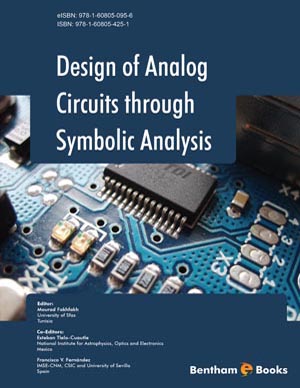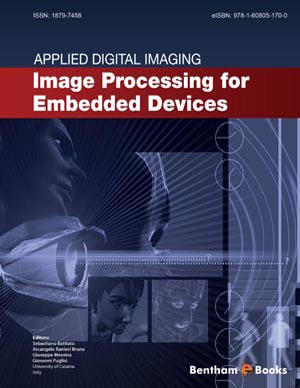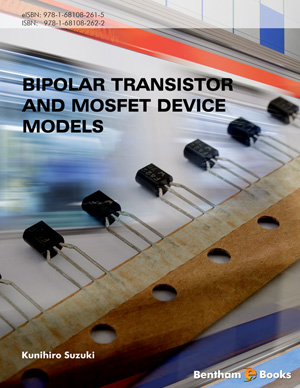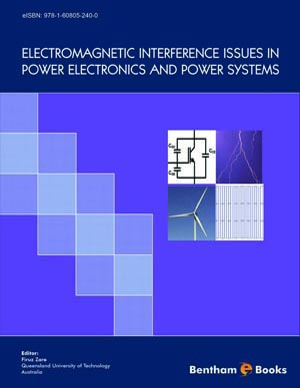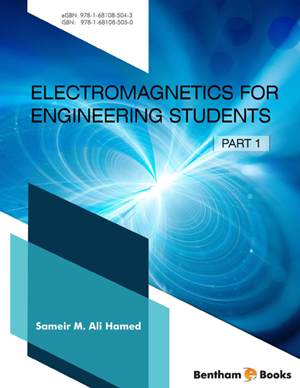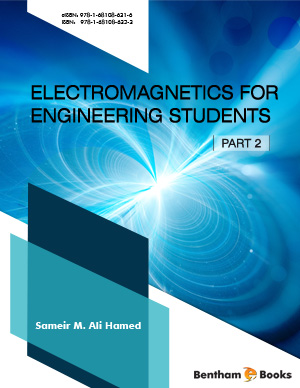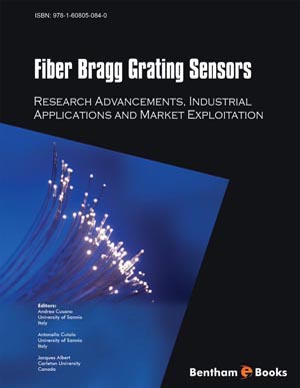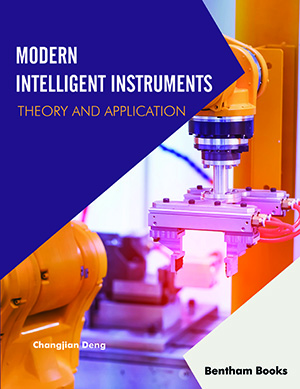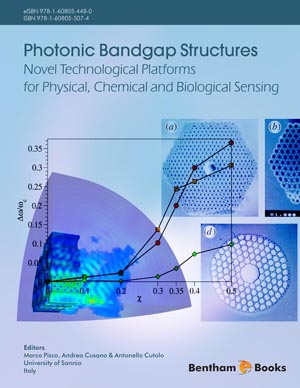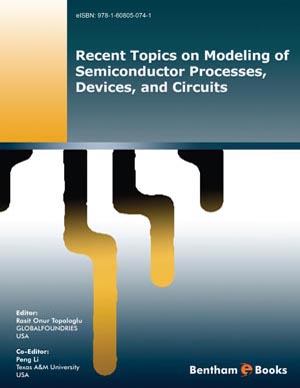Abstract
The aim of symbolic analysis that has its origin in the design of analog circuits is the extraction of dominant system behavior by automated derivation of approximated symbolic formulas. Since exact symbolic analysis will yield exceptionally complex expressions even for rather small systems a class of symbolic approximation techniques has been developed that allow a reduction of the complexity of symbolic equations and their later solution by means of mixed symbolic and numerical strategies. Hence, it becomes possible to reduce the underlying nonlinear Differential-Algebraic systems of Equations (DAE systems) of component-based networks and systems to a behavioral description of a predefined accuracy. So it is a major advantage of the approach that the model simplification is performed by an automatic error control and that the simplified models are physically interpretable again. The contribution will give an overview of the symbolic tool Analog Insydes algorithms for extraction of dominant behavior of linear systems, as well as algorithms for generating behavioral models from nonlinear DAEs. Moreover, the underlying methodology has been extended to the application of analysis and modeling in non-electrical domains (e.g. gas-pipeline nets) and for multi-physical (e.g. mixed electrical and mechanical) systems. For the latter a library was developed in cooperation with the Fraunhofer IIS/EAS for symbolic models of micro-mechanical elements that can be connected to networks including electrical components as well.
Keywords: behavioral modeling, automated behavioral model generation, symbolic analysis, nonlinear symbolic circuit equation, DAE system (differential algebraic equations), MNA (modified nodal analysis), STA (sparse tableau analysis), lumped element representation, symbolic approximation, model reduction, term cancellation, term ranking, multi-physical system, heterogeneous system, conservative system, electrical system, mechatronic system, micromechanical acceleration sensor, Analog Insydes.


